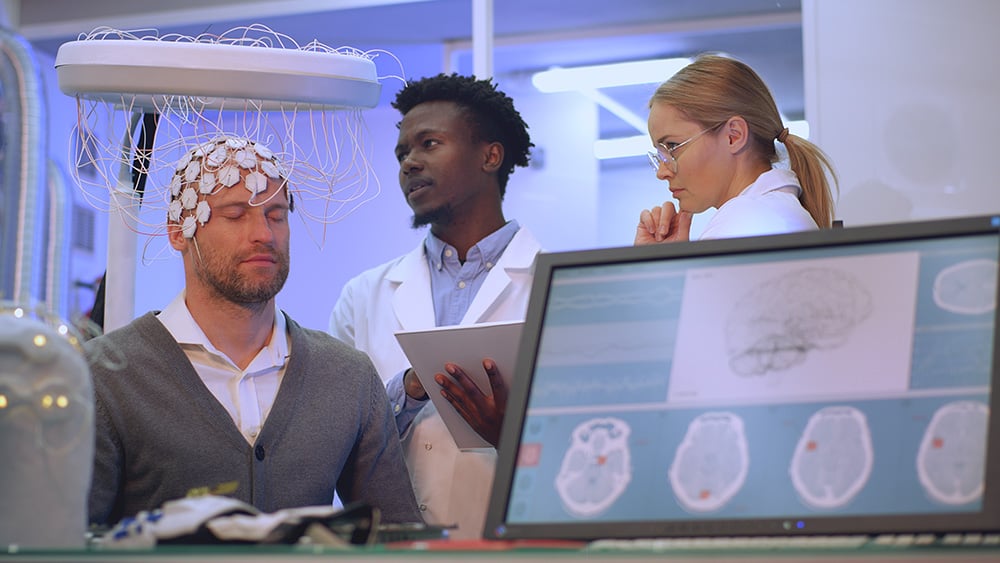Our Neurological Specialties
Our neurosciences services offer personalized and advanced treatment plans for a range of brain, spine, and nervous system conditions.
Why Choose Us?
When it comes to your neurological health, choosing the right team can make all the difference. With Rochester Regional Health, you can expect:
- Expert team: Our neurology and neurosurgery specialists are leaders in their fields, with extensive experience in treating a wide range of neurological conditions.
- Advanced technology: We use the latest diagnostic and surgical technologies, ensuring precise and effective treatment.
- Patient-centered care: We believe in a holistic approach, focusing on personalized treatment plans that address both the physical and emotional aspects of neurological health.
- Collaborative approach: Our multidisciplinary team works closely together, combining expertise across specialties to develop the most comprehensive care plans.
- Convenient care: With state-of-the-art facilities and a commitment to accessibility, we make it easy for you to receive the care you need when you need it.
- Comprehensive support services: From rehabilitation to counseling and support groups, we offer a full range of support services to help you and your family throughout your treatment and recovery.









